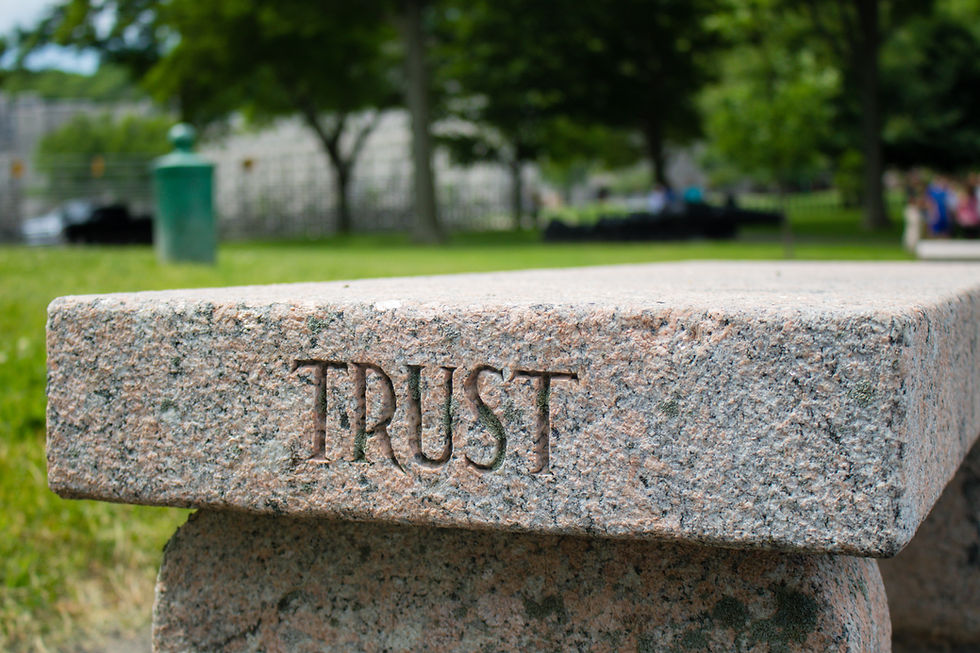
How can start-ups survive infant mortality?
Assuming a critical, global perspective, the question (still) today is not whether start-ups die young or not. In fact, despite what (unfortunately) remain as exceptions, average data show that infant mortality (i.e. in the initial 3-4 years of life cycle) is high for new ventures.
In the 1960s, the famous American sociologist Arthur Stinchcombe coined the term “liability of newness” to depict the disadvantages that start-ups face against their mature counterparts. As he advanced, one key element featuring newness is the lack of trust, from which start-ups suffer in different ways.
At the beginning, for example, trust is missing among the start-ups’ participants and often translates into low performance. When discussing this with students, I often make the example of a football team in which most of the players are new (and, sometimes, even the coach). How many matches does the team initially loss? Indeed, that is still not a team in the most vivid sense!
In parallel, trust is also often missing for what concerns the start-ups’ products (goods and/or services). How can consumers like and buy the products of a new player if they substantially don’t know it? Many consumers tend to go to the same restaurants and retail shops for their every day purchases. Likewise, many companies use particular suppliers for extended periods of time due to familiarity and institutional knowledge, among other variables. To overcome this barrier, new companies need to demonstrate their supposed, superior value and utility.
Finally, and relatedly, trust also impacts equity lending. People tend to do business with those they know, and like. Likewise, financial institutions seemingly tend to provide better rates to established entities compared to new players.
Five decades later, and although theoretically integrated over time (you may think about, for example, the concepts of smallness [Aldrich and Auster, 1986] and adolescence [Fichman and Levinthal, 1991]), the liability of newness still seems problematic for many new entrants. Key is how to countervail this liability. While, in terms of entrepreneurial, managerial, and policy making implications, there is still no magic formula, the three points below may be considered for further discussion.
1. Understand market needs
Often times there is a disconnect between the entrepreneur’s perception of market demand and reality. New services, offerings and products need to fulfill a genuine market demand that provides social value. For example, as recent data from CBInsights demonstrate, the majority of failed start-ups in US still fell short in this area.
2. Vision is required
Think about Elon Musk. With great charisma, he has literally convinced various stakeholders – customers, partners and employees – to dream with him that life on another planet is possible. Whenever I present start-ups and the story of SpaceX to my students, I can see how the company’s value proposition resonates with them. Their engagement level increases, frequently leading to robust conversations. Mr. Musk’s vision has cascaded from offices in California to classrooms all around the world!
3. Be distinctive
Relatedly, electric cars do not seem currently competitive in terms of pricing. But, there is a very good chance that government regulations and changes in the production process will upend this. If this happens, it would mean that, about 10 years ago, Musk identified an opportunity through Tesla that 99.9 percent of the auto industry failed to see in advance.
On this side, I always remember that 3 brilliant former students of my (formerly) Enterprise Management and Evolution course at the Tor Vergata University of Rome also caught the potential of Tesla at that time. During a project-work session, when presenting the company to their classmates, they figured out Tesla as one of the most innovative start-ups to “watch”. Tesla was mostly unknown to many!
What do you think about the 3 highlights introduced above? Can they be useful to increase infant survival chances in every entrepreneurial ecosystem? Or, for example, does the liability of newness need major rethinking when exceptional entrepreneurial species, such as Unicorns, are concerned?
I would love to hear your thoughts.
Thank you!
Gianpaolo
Relatedly, if interested, you can also read the full research articles Arthur Stinchcombe’s “Liability of Newness”: Contribution and Impact of the Construct, published in the Journal of Management History, and Revisiting Stinchcombe’s Liability of Newness: A Systematic Literature Review, published in the International Journal of Globalisation and Small Business.

Commentaires